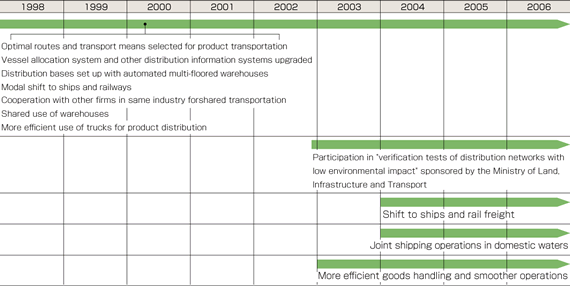Home > About Us > Corporate Social Responsibility > Sustainability Report > Sustainability Report 2007 > 1. Environmentally Friendly Manufacturing (1)
Measures against Global Warming



|
||||||||||||||||||||||||||||||||||||||||||||||||||||||||||||||||||||||||||||||||||||||||||||||||||||||||||||||||||||||||||||||||||||||||||||||||||||||||||||||||||||||||||||||||||||||
Home > About Us > Corporate Social Responsibility > Sustainability Report > Sustainability Report 2007 > 1. Environmentally Friendly Manufacturing (1)
Measures against Global Warming



|
||||||||||||||||||||||||||||||||||||||||||||||||||||||||||||||||||||||||||||||||||||||||||||||||||||||||||||||||||||||||||||||||||||||||||||||||||||||||||||||||||||||||||||||||||||||